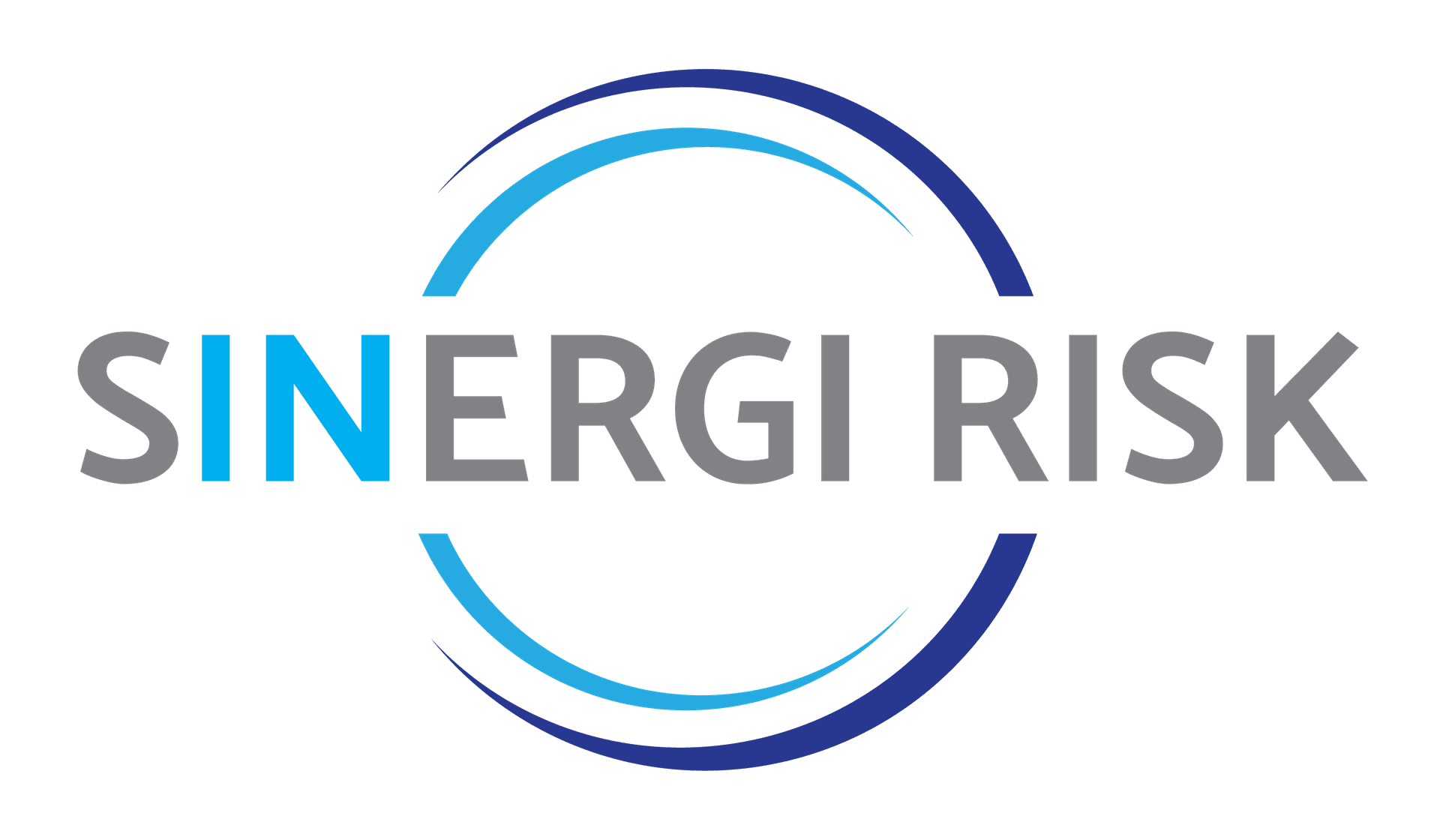The Hidden Risks of Underinsurance in Logistics
Understanding Underinsurance in Logistics
In the logistics industry, where the efficient movement of goods is essential, having adequate insurance coverage is crucial. However, many businesses fall into the trap of being underinsured, which can have significant consequences. Underinsurance occurs when a company does not have sufficient insurance to cover potential losses, leaving them vulnerable to financial risks. This issue is more common than one might think and requires urgent attention from logistics companies.

The Consequences of Underinsurance
Underinsurance in logistics can lead to a myriad of problems. One of the primary issues is the financial burden it places on companies when unforeseen events occur. Whether it's a natural disaster, theft, or an accident, the costs of these incidents can quickly add up. If a company is underinsured, they may find themselves paying out-of-pocket for damages that exceed their insurance coverage, which can be financially devastating.
Moreover, underinsurance can also damage a company's reputation. In the event of a claim, if a company cannot fulfill its obligations due to inadequate coverage, it may lose the trust of its clients and partners. This loss of confidence can lead to a decline in business and hinder future growth opportunities.
Identifying Common Underinsurance Scenarios
There are several scenarios where logistics companies may find themselves underinsured. For example:
- Valuation Errors: Misjudging the value of goods being transported can lead to insufficient coverage.
- Policy Exclusions: Not fully understanding what is excluded in an insurance policy can result in unexpected gaps in coverage.
- Outdated Policies: Failing to update insurance policies as the business grows or changes can lead to underinsurance.

Mitigating Underinsurance Risks
To mitigate the risks associated with underinsurance, logistics companies should conduct regular reviews of their insurance policies. This involves assessing the value of their current assets, understanding the specific needs of their operations, and ensuring that their coverage aligns with these requirements. Consulting with an insurance expert who specializes in logistics can provide valuable insights and help identify potential gaps in coverage.
Additionally, companies should invest in comprehensive risk management strategies. This includes implementing safety protocols and training employees to minimize the occurrence of accidents and losses. By taking proactive measures, logistics companies can reduce the likelihood of costly claims and maintain adequate insurance coverage.

The Role of Technology in Addressing Underinsurance
Technology can play a significant role in addressing underinsurance in logistics. Advanced data analytics tools can help companies better understand their risk profiles and determine appropriate levels of coverage. Furthermore, digital platforms offer greater transparency and accessibility to insurance information, making it easier for businesses to manage and update their policies as needed.
By leveraging technology, logistics companies can ensure that they are adequately insured against potential risks, protecting both their financial stability and reputation.
Conclusion
The hidden risks of underinsurance in logistics are too significant to ignore. Companies must be proactive in assessing their insurance needs and addressing any gaps in coverage. By understanding the potential consequences and implementing effective risk management strategies, businesses can safeguard themselves against unforeseen events and maintain a competitive edge in the industry.
